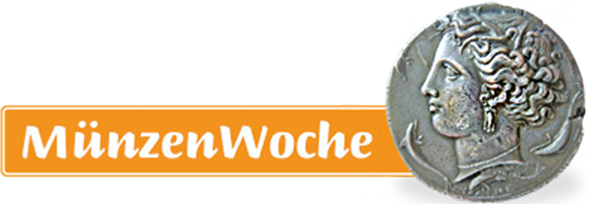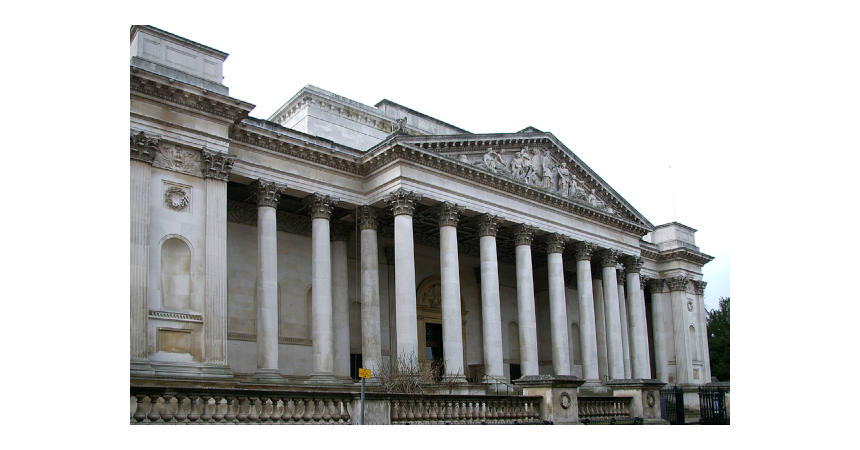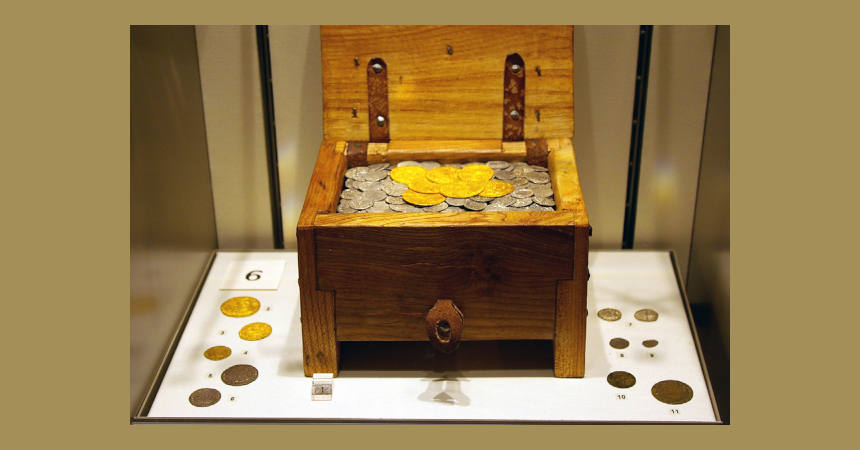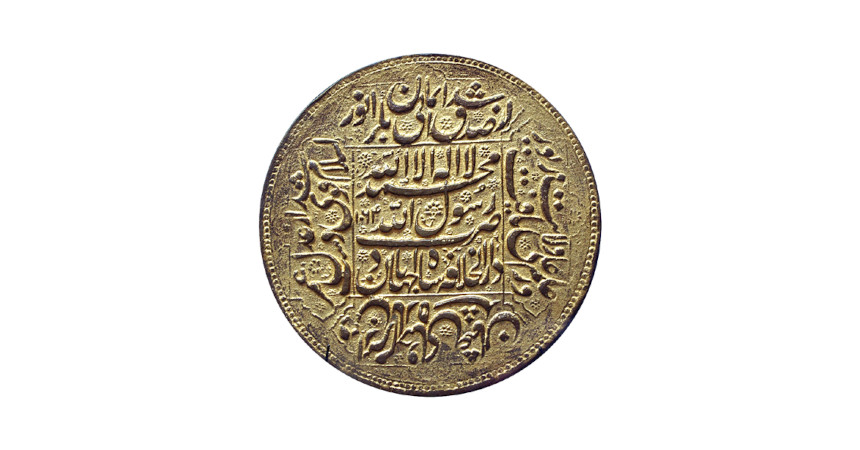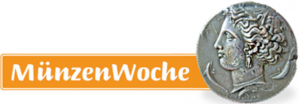Fitzwilliam Museum, University of Cambridge
Wenn es kein Logo gibt, wird diese Spalte einfach leer gelassen. Das Bild oben bitte löschen.
(Dieser Text wird nicht dargestellt.)
Trumpington Street
Cambridge
CB2 1RB
Tel: +44 (0)1223 332900
Because of academic and religious disputes, scholars broke away from Oxford University in 1209 and settled in Cambridge to form the second oldest university in the English-speaking world. University of Cambridge currently has 31 colleges, the newest being established in 1979.
The city of Cambridge is located on the River Cam in Britain’s East Anglia region. The Museum is on Trumpington Street where it meets Fitzwilliam Street, two blocks up from the town’s historic Hobson’s Conduit monument at Lensfield Road.
Formation of the Museum
The initial groundwork for the Museum was the artworks, library, and money bequeathed to the University in 1816 by the seventh Viscount Fitzwilliam of Merrion. The classic Greek temple façade, called the “Founder’s Building,” was completed in 1848.
There is no one area or gallery specifically set aside exclusively for the display of coins and medals. Instead, coins are integrated into the displays throughout the Museum having a particular cultural or artistic context. For instance, several Italian coins and medals are part of a display of “Papal Rome in the Baroque Age” in the gallery set aside for Italian art of the 16th-18th centuries.
The coins and medals displayed are but a small fraction of the approximately 200,000 objects in the Fitzwilliam Museum’s collection. The largest categories that dominate its holdings are: ancient Greek (35,000), continental Europe medieval (22,000), Roman (20,000), and modern post-1800 world coins (18,000). Also included among the holdings are those of paper money, jetons, tokens, coin weights and forgeries, medals, plaquettes, wax models, seals, gems and cameos. The medals are not military or civil awards and decorations, such as the Victoria Cross, but are historical, art, and school prize medals.
Denominations Used in Medieval England
Walking through the one of the galleries, there is an interesting display of coins minted during the reign of Edward III (1327–1377). This exhibit explains the money denominations used in medieval England. Until 1344 when gold coins were introduced, the silver penny was the principal coin in use. As examples, the exhibit displays coins from a hoard of 1,805 silver and nine gold coins discovered in 2000 at Cambridge, which were thought to have been buried in the 1350s shortly after the Black Plague.
Shown from this hoard are: two silver pennies, a gold half noble (1351), and a gold noble (c.1355), which was then equal to one-third of a pound. Other coins in this display, but not from this Cambridge Hoard include: English and French brass jetons used for calculation of sums of money in trade (c.1310–1314), a silver halfpenny (1344–1351), a silver farthing (1344–1351), a silver halfgroat (c. 1354), a silver groat (1351), and a gold quarter noble (c.1355).
An additional item that should catch one’s eye is a cast copy of a gold 200 mohur of Shah Jahan (1627–1658). At 136 mm (5.4 inches) in diameter, the original coin was minted at Shahjahanabad (now Delhi) in 1064 AH (1653 AD), but it subsequently disappeared. Fortunately, a cast was taken before its disappearance and is now held in the British Museum, from which this copy was undoubtedly made.
On-Line Catalog Available
On its website one can retrieve information on, and images of coins in its collections from its public online access catalog. Currently, retrieval information and images are available for approximately 28,500 coins, and there are a number of online exhibitions that cover varied topics of interest to numismatists.
This text was written by Howard M. Berlin and first published in his book Numismatourist in 2014.
You can order his numismatic guidebook at Amazon.
Howard M. Berlin has his own website.





